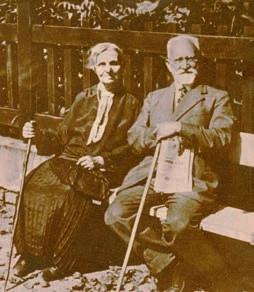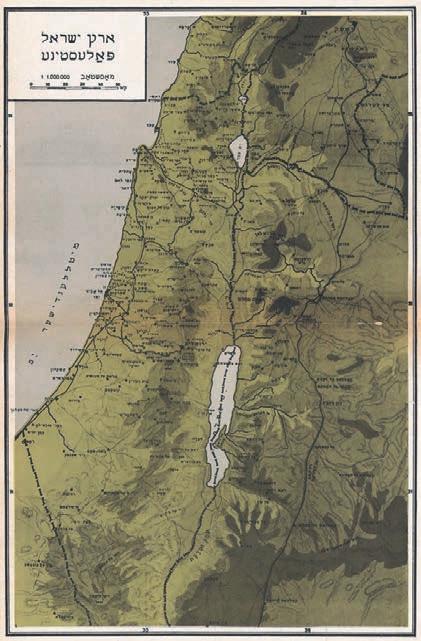
1 minute read
The Holocaust & the Exile of Yiddish A

History of the Algemeyne Entsiklopedye
Barry Trachtenberg
In the early 1930s in Berlin, Germany, a group of leading Eastern European Jewish intellectuals embarked upon a project to transform the lives of millions of Yiddish-speaking Jews around the world. Their goal was to publish a popular and comprehensive Yiddish language encyclopedia of general knowledge that would serve as a bridge to the modern world and as a guide to help its readers navigate their way within it. However, soon after the Algemeyne Entsiklopedye (General Encyclopedia) was announced, Hitler’s rise to power forced its editors to ee to Paris. The scope and mission of the project repeatedly changed before its nal volumes were published in New York City in 1966.
The Holocaust & the Exile of Yiddish untangles the complicated saga of the Algemeyne Entsiklopedye and its editors, who continued to publish volumes and revise the encyclopedia’s mission while their primary audience of Eastern European Jews were facing persecution and genocide under Nazi rule, and then were reestablishing themselves in the rst decades after World War II. Historian Barry Trachtenberg reveals how, over the course of the middle decades of the twentieth century, the project sparked tremendous controversy in Jewish cultural and political circles, which debated what the purpose of a Yiddish encyclopedia should be, as well as what knowledge and perspectives it should contain. Nevertheless, this is not only a story about destruction and trauma, but also one of tenacity and continuity, as the encyclopedia’s compilers strove to preserve the heritage of Yiddish culture, to document its near-total extermination in the Holocaust, and to chart its path into the future.
BARRY TRACHTENBERG is the Michael H. and Deborah K. Rubin Presidential Chair of Jewish History at Wake Forest University in Winston-Salem, North Carolina. His books include The United States and the Nazi Holocaust: Race, Refuge, and Remembrance and The Revolutionary Roots of Modern Yiddish, 1903-1917
Opposite page
Top left: “Erets-yisroel/Palestine,” Algemeyne Entsiklopedye, volume 4
Top right: Advertisement for Algemeyne Entsiklopedye (Sholem Schwartzbard Papers, Courtesy of University of Cape Town) Original volumes of the Algemeyne Entsiklopedye and The Jewish People: Past and Present
Photo by Dan Routh.
This page figure 2.2 L esser Ury, Jeremiah (c. 1897, reproduction from Lesser Ury: Seine Stellung in der modernen Malerei, by Adolph Donath, Berlin, 1921). e volume begins with a black-a nd-white reproduction of an 1897 painting by the GermanJewish artist Lesser Ury (1861–1931) entitled Jeremiah. e
Far left: Lesser Ury, Jeremiah (c. 1897, reproduction from Lesser Ury: Seine Stellung in der modernen Malerei, by Adolph Donath, Berlin, 1921).
Near left: Simon and Ida Dubnow, 1930 (courtesy of YIVO).






